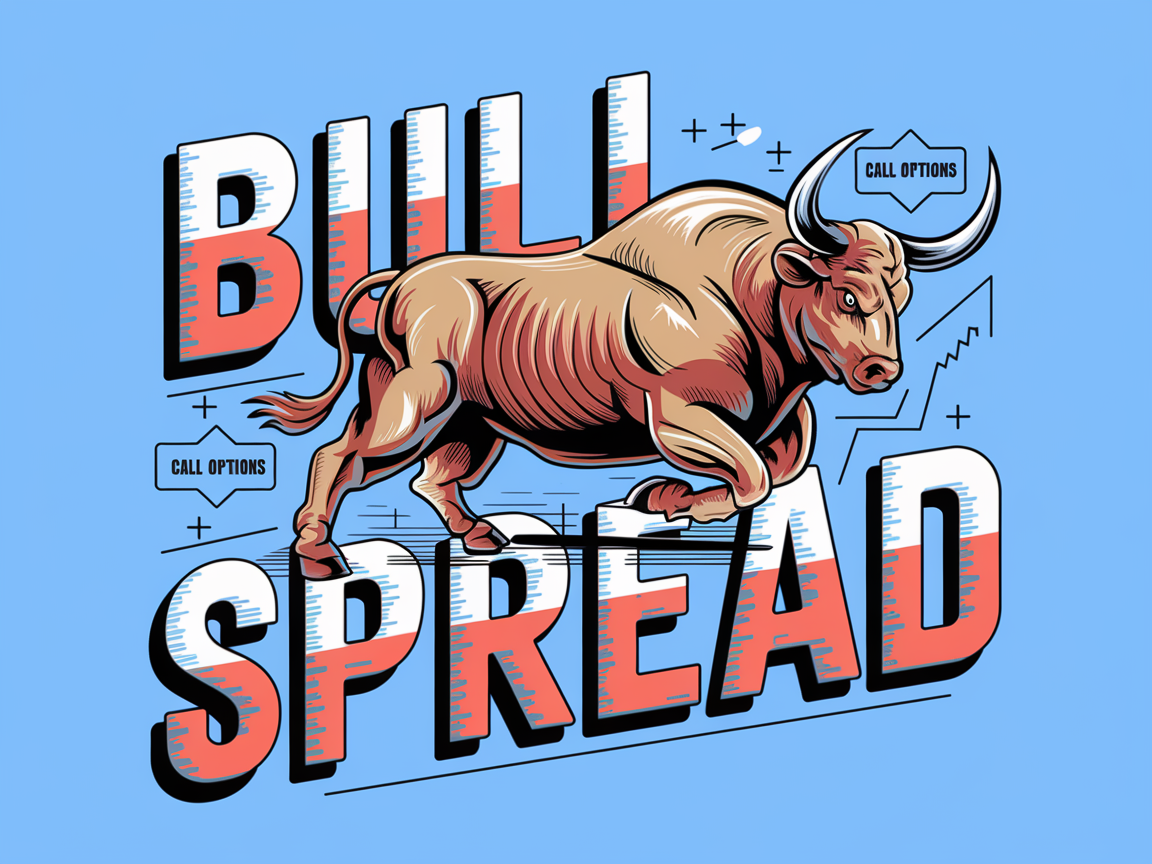A bull spread is an option trading strategy that is suitable for use when an investor is optimistic about the market and expects the price of the underlying asset to rise. It is constructed by simultaneously buying and selling two options with different strike prices but the same underlying asset as the expiration date, thereby limiting potential losses while retaining a portion of the upside gains. In this strategy, a trader can construct a bull spread strategy by going Long Bull spread versus Put Bull Spreads. The bull spread strategy is a very common and important option strategy used in actual trading.

Call Bull Spreads
Let's start with the assumption that the trader believes that the underlying asset will rise modestly over time.
At this point the underlying asset price is $200, the trader will buy a call option with a strike price of $205 and sell a call option with a strike price of $210 at the same time. The purchased call option with a strike price of $205 pays a premium of $3, and the sale of the call option with a strike price of $210 earns a premium of $2. The total cost of the bull spread trade at this point is $1. The breakeven point for this spread trade is when the underlying asset price reaches $206 on the expiration date. Ideally, when the underlying asset price rises above $210 on the expiration date, the spread trade will make a profit of $4. Regardless of how far the market rises in the future, the spread trade will make a maximum profit of $4. However, when the underlying asset price is $205 or less on the expiration date, the spread trade has a maximum loss of $1, which is the total cost of the spread trade.
Put Bull Spreads
Similarly, let's assume that the trader believes that the underlying asset will rise modestly over time.
At this point the underlying asset is priced at $200, the trader would buy the put option with a strike price of $205 and simultaneously sell the put option with a strike price of $210. Since the put option with a strike price of $205 bought at this time is In the money, the trader will receive a net option premium of $4. The breakeven point for this spread strategy is $206, which is the same as the breakeven point for a long bull spread. If the price of the underlying asset exceeds $210 at expiration date, the purchased put option loses its value and the trader gets to keep the premium from selling the put option. But when the underlying asset price is below $205 at expiration, the spread strategy reaches a maximum loss of $1 at that point.
The bull spread strategy is an options trading strategy with relatively low risk and manageable returns. It is suitable for traders who wish to profit from a bull market, but at the same time do not want to take on too much risk.

